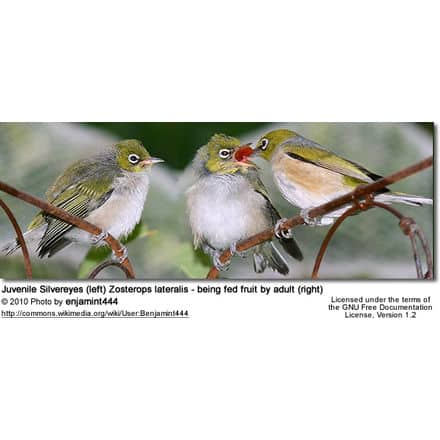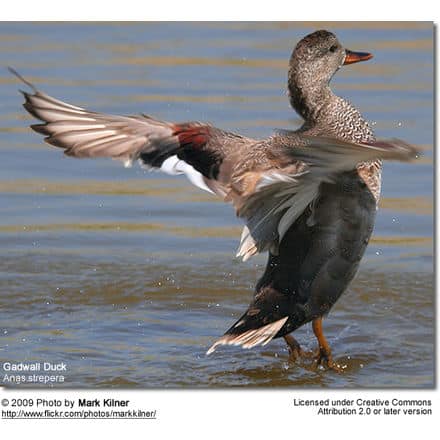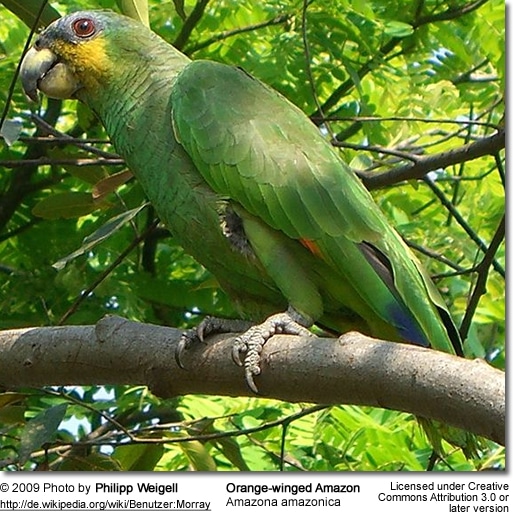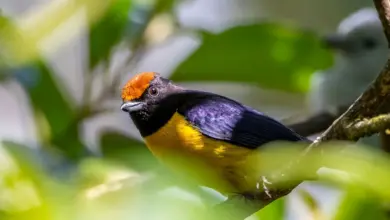Woodswallows
Woodswallows are soft-plumaged, somber-colored passerine birds.
There is a single genus, Artamus, The woodswallows are either treated as a subfamily, Artaminae in an expanded family Artamidae, which includes the butcherbirds and Australian Magpie, or as the only genus in that family.
The generic name, which in turn gives rise to the family name, is derived from the Ancient Greek artamos, meaning butcher or murder. The name was given due to their perceived similarity to shrikes, indeed a former common name for the group was “swallow-starlings”.
Distribution / Range
The woodswallows have an Australasian distribution, with most species occurring in Australia and New Guinea.
The Ashy Woodswallow has an exclusively Asian distribution, ranging from India and Sri Lanka through South East Asia to China, and the most widespread species is the White-breasted Woodswallow, which ranges from Peninsular Malaysia through to Australia in the south and Vanuatu and New Caledonia.
The group reaches the easternmost extent of its distribution in Fiji with the endemic Fiji Woodswallow.
Description
Woodswallows are smooth, agile flyers with moderately large, semi-triangular wings.
They are among the very few passerines birds that soar, and can often be seen feeding just above the treetops.
One sedentary species aside, they are nomads, following the best conditions for flying insects, and often roosting in large flocks.
Although woodswallows have a brush-tipped tongue they seldom use it for gathering nectar.
Species of Artamus
- Ashy Woodswallow, Artamus fuscus
- Fiji Woodswallow, Artamus mentalis
- Ivory-backed Woodswallow, Artamus monachus
- Great Woodswallow, Artamus maximus
- White-breasted Woodswallow, Artamus leucorynchus
- Bismarck Woodswallow, Artamus insignis
- Masked Woodswallow, Artamus personatus
- White-browed Woodswallow, Artamus superciliosus
- Black-faced Woodswallow, Artamus cinereus
- Dusky Woodswallow, Artamus cyanopterus
- Little Woodswallow, Artamus minor
References
- Rowley, Ian; Russell, Eleanor (2009). “Family Artamidae (Woodswallows)”. in del Hoyo, Josep; Elliott, Andrew; Christie, David. Handbook of the Birds of the World. Volume 14: Bush-shrikes to Old World Sparrows. Barcelona: Lynx Edicions. pp. 286–307. ISBN 978-84-96553-50-7.
Woodswallow Species Pictures
The woodswallows occur naturally in Australasian – mostly in Australia and New Guinea; but some species are also found in Asian distribution (from India and Sri Lanka through South East Asia to China) and the islands of Vanuatu, New Caledonia, and Fiji.
Clicking on the below images will take you to the respective species page, with information and more photos.





